Have you ever come home from your favorite garden store with an impressive variety of seed packets and imagined the beautiful, lush garden that will grow from those seeds, but waited too long to sow them for your growing zone? This was an area of procrastination for me because working with peat pots or a soil mix and cell packs can be messy, costly, and time-consuming. I needed to make starting seeds more convenient, time-efficient, and inexpensive. I researched soilless germination and found several articles on the subject. The paper towel / plastic sandwich bag method is quite inexpensive (under a nickel per seed pack planted) and takes up very little room. Instructions on how I started seeds with this method are on my previous post: The Gardening “Decks-periment”–Part One.
My variation of the "plastic bag" method is to use the moist paper towel in a small, recycled plastic food-grade container rather than a plastic sandwich bag that gets thrown away after seeds have sprouted. You can find these plastic containers in grocery stores or fast food restaurants. They are used for baked goods, trail mixes, salad, etc., so you don’t need to purchase anything other than food you would normally buy in these containers. They can be re-used many times. Just wash the containers with a bit of dish liquid, making sure all traces of soap are rinsed before sowing seeds. The containers stack well and don’t need as much room as standard cell packs or seed starter growing kits. These containers obviously require a bit more space than sandwich bags, but I prefer that my seed sprouts have a small “ceiling” in case they germinate quickly and need some growing space before I am able to transplant.
This video shows seeds that germinated using moist paper towels and clear food containers:
Paper Towel / Plastic Container Method
Below is an update of the asparagus beans and lupine flowers 10 days after sowing, now transplanted into a potting mix in a cell pack. They will form a healthy root system here before being transplanted into either a large bin container or the ground.
I love starting seeds this way! The initial sowing project took only 12 minutes from start to finish to sow seeds from 16 packets (half packets, actually – I wanted to save some for a second sowing). There was no mess at all, and everything fit in a neat row on my potting bench on our deck. (Seeds can also be started indoors if the weather in your area is too cool for germination.)
Some folks might ask why not skip the paper-towel step and sow directly into the pot or ground since you have to transplant at some point? Direct-sowing works great for many gardeners. I direct-sow large seeds like corn, sunflowers, pumpkins, beans, and plants that don't respond well to having their roots disturbed. I use the paper towel method for everything else because it is clean, convenient, space-efficient, time-efficient, and non-wasteful. You can see exactly which seeds have sprouted which is helpful for spacing plants correctly during transplantation.
Here is a picture taken this morning of our container garden on the deck. In May we enjoyed lettuce, tomatoes, basil, and spring flowers. We look forward to tasting summer vegetables in a few weeks!
Blessings on your gardening!
~Karen
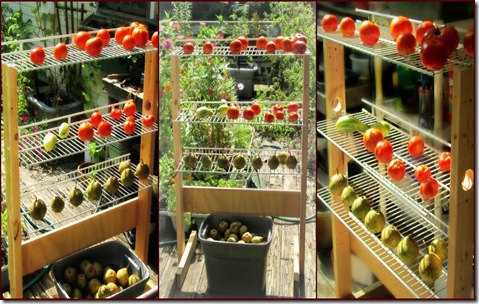
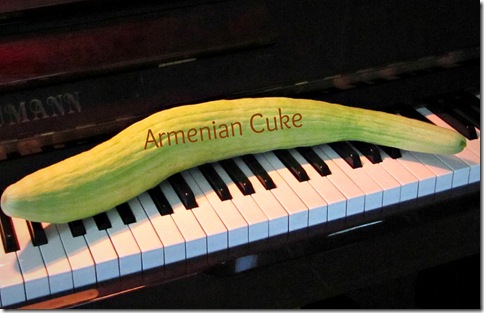
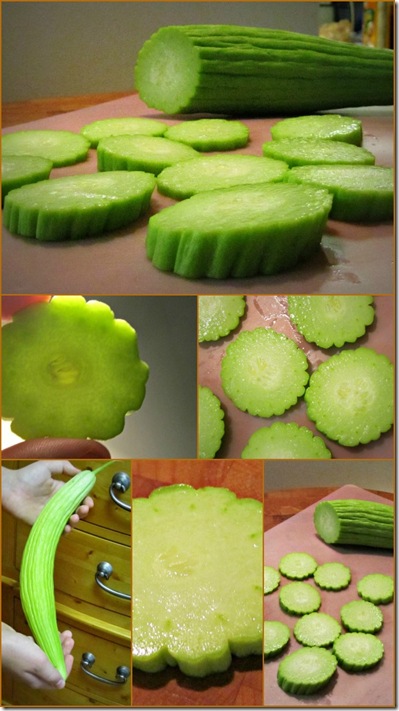
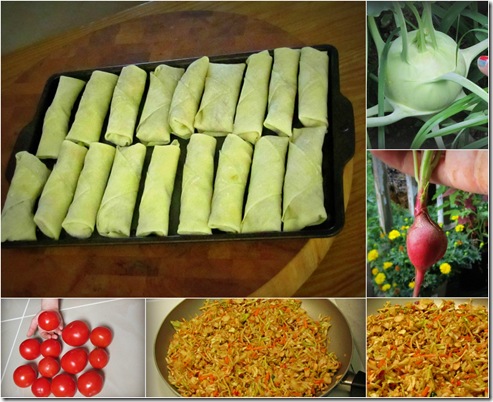
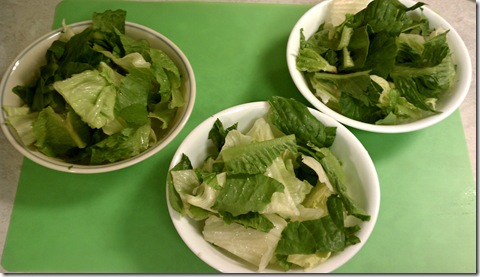
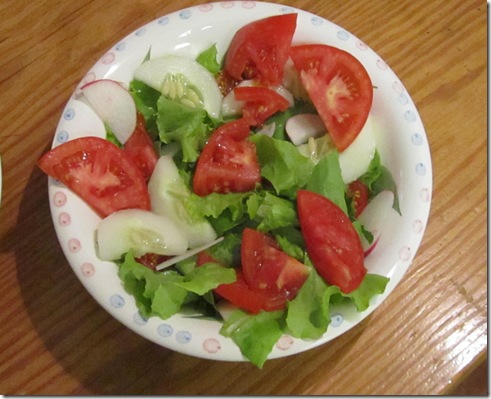
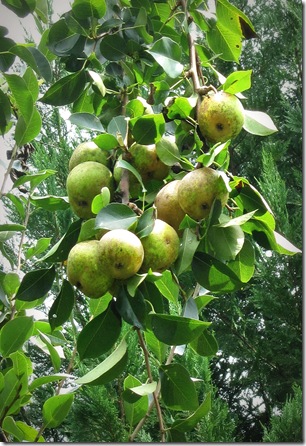
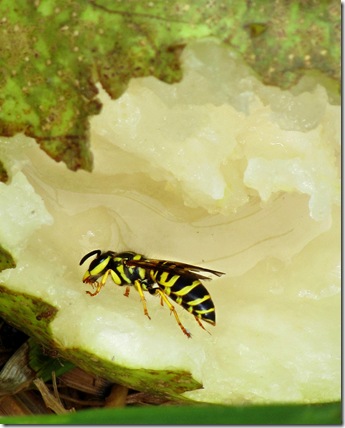
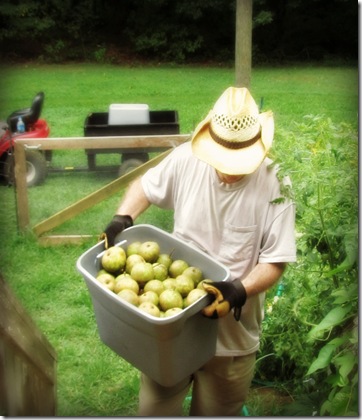
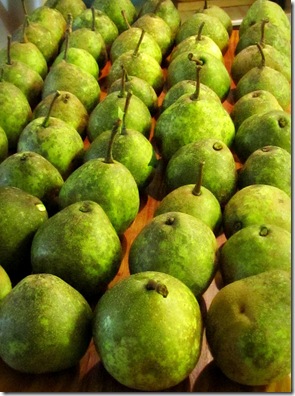
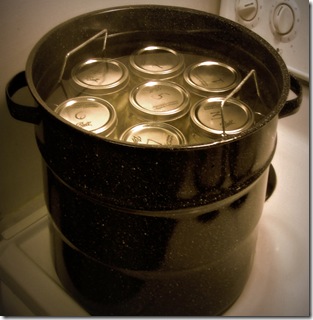
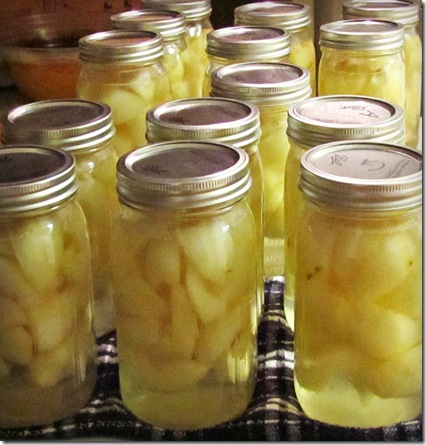
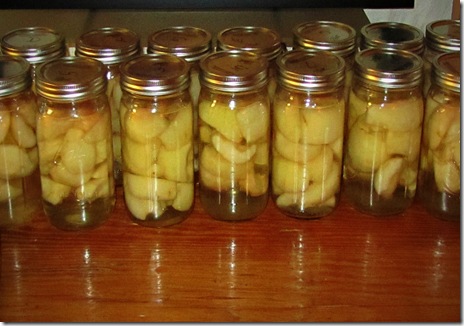
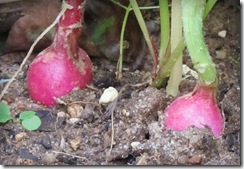
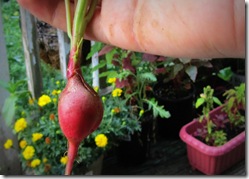
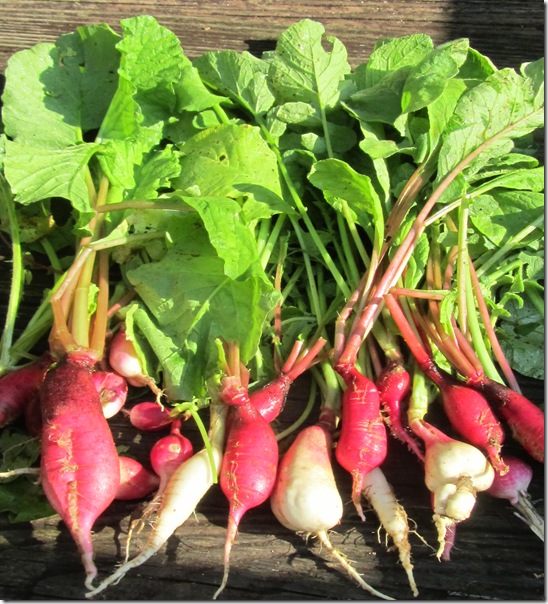
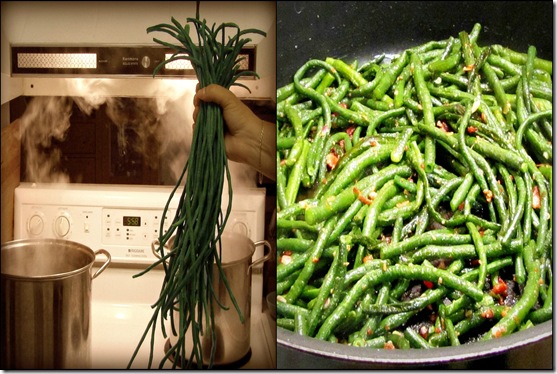
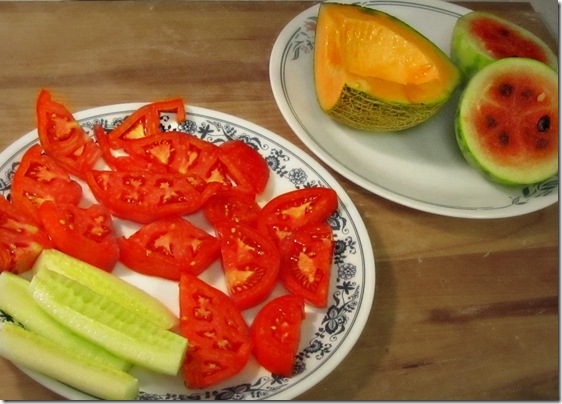
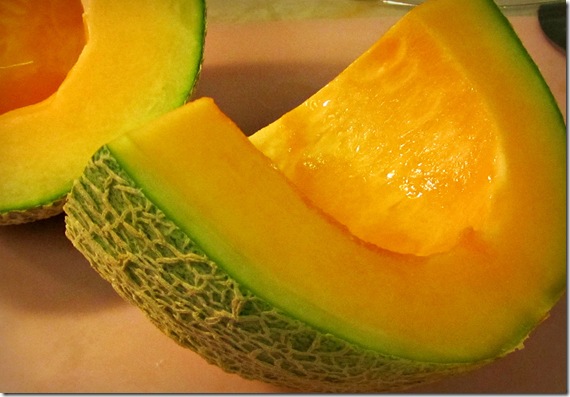

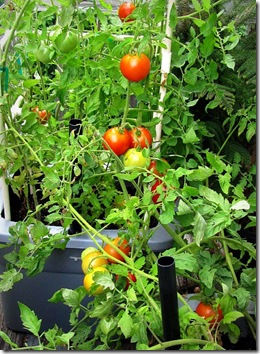


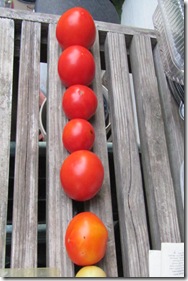
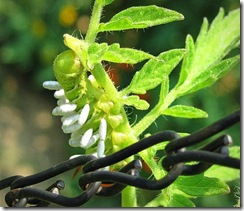
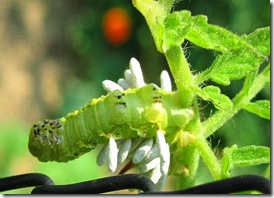
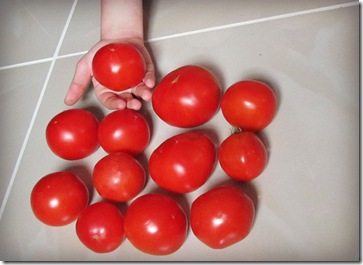
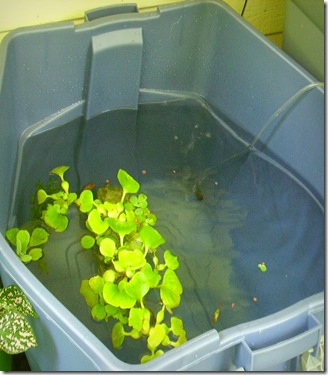
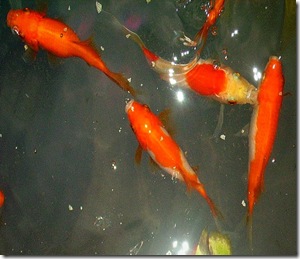
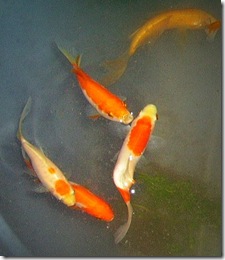
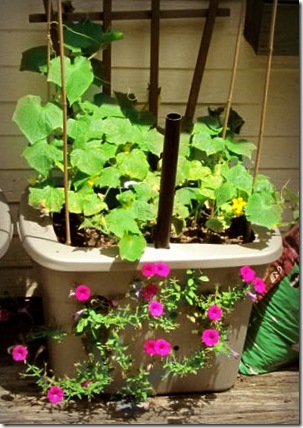




![IMG_2799a_thumb[1] IMG_2799a_thumb[1]](http://lh3.ggpht.com/-hDPHFoiQvXk/T7MK4Ux-_bI/AAAAAAAAAY8/-Ty7C8E2GJs/IMG_2799a_thumb%25255B1%25255D_thumb.jpg?imgmax=800)
![IMG_2797a_thumb[2] IMG_2797a_thumb[2]](http://lh5.ggpht.com/-aae616iGyHk/T7MK5fvooWI/AAAAAAAAAZM/2VLuFTOAuZ0/IMG_2797a_thumb%25255B2%25255D_thumb.jpg?imgmax=800)
![IMG_2760a_thumb[4] IMG_2760a_thumb[4]](http://lh6.ggpht.com/-VqBuI3eUTpg/T7MK6UYpxVI/AAAAAAAAAZc/zdb_ujSjKh0/IMG_2760a_thumb%25255B4%25255D_thumb.jpg?imgmax=800)
![IMG_2782a_thumb[3] IMG_2782a_thumb[3]](http://lh4.ggpht.com/-fo7byLzgnCQ/T7MK8PWk7cI/AAAAAAAAAZs/eQ0RMlLKo1w/IMG_2782a_thumb%25255B3%25255D_thumb.jpg?imgmax=800)
![IMG_2784a_thumb[5] IMG_2784a_thumb[5]](http://lh3.ggpht.com/-EbvcDFG9ZAI/T7MK8zm8p1I/AAAAAAAAAZ8/N7oUhH5QtBc/IMG_2784a_thumb%25255B5%25255D_thumb.jpg?imgmax=800)
![IMG_2783a_thumb[4] IMG_2783a_thumb[4]](http://lh6.ggpht.com/-D8AW5eN54fA/T7MK9wD7vFI/AAAAAAAAAaM/GPw1dLe9uA8/IMG_2783a_thumb%25255B4%25255D_thumb.jpg?imgmax=800)
![IMG_2800a_thumb[1] IMG_2800a_thumb[1]](http://lh3.ggpht.com/-J2D_cH3C0gE/T7MK-gRtuMI/AAAAAAAAAac/4NVJUIAtnks/IMG_2800a_thumb%25255B1%25255D_thumb.jpg?imgmax=800)
![IMG_2801a_thumb[3] IMG_2801a_thumb[3]](http://lh5.ggpht.com/-kysmNna80cM/T7MLAFTJpPI/AAAAAAAAAas/2SzI05K22HI/IMG_2801a_thumb%25255B3%25255D_thumb.jpg?imgmax=800)
![IMG_2802a_thumb[4] IMG_2802a_thumb[4]](http://lh4.ggpht.com/-V35A0IJXAps/T7MLA3RZSZI/AAAAAAAAAa8/2pmDCQleQo8/IMG_2802a_thumb%25255B4%25255D_thumb.jpg?imgmax=800)

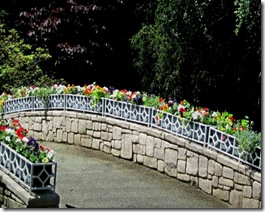

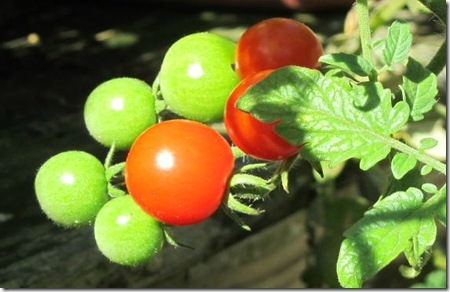
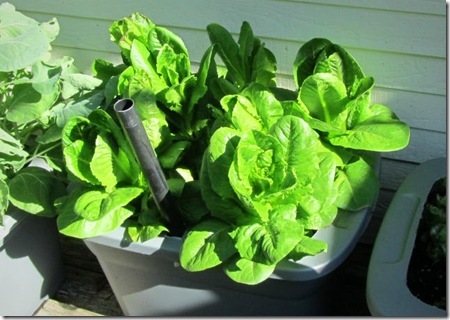
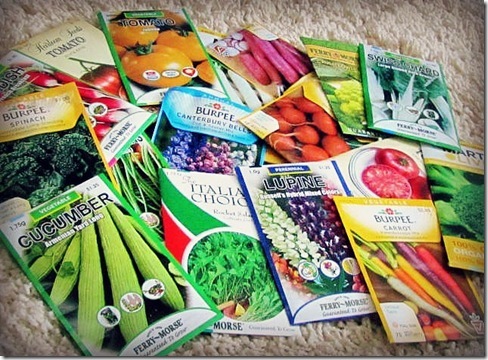
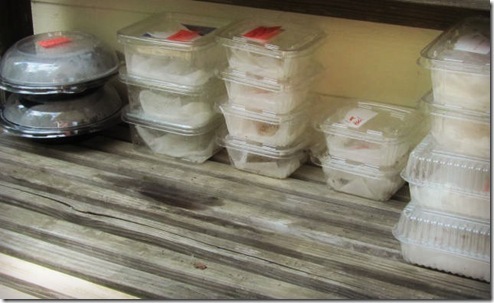
![IMG_2648a_thumb[2] IMG_2648a_thumb[2]](http://lh6.ggpht.com/-Psct6kRt8hM/T7L-opchEPI/AAAAAAAAAWI/AtVNUWKBWpc/IMG_2648a_thumb%25255B2%25255D_thumb.jpg?imgmax=800)
![IMG_2649a_thumb[2] IMG_2649a_thumb[2]](http://lh5.ggpht.com/-fpMe4DeBCZ4/T7L-pn2MOYI/AAAAAAAAAWY/D_-otRdINhA/IMG_2649a_thumb%25255B2%25255D_thumb.jpg?imgmax=800)
![IMG_2810a_thumb[2] IMG_2810a_thumb[2]](http://lh3.ggpht.com/-QAboF4yeziI/T7L-q2Xh7JI/AAAAAAAAAWo/2Zj7VTWoW5U/IMG_2810a_thumb%25255B2%25255D_thumb.jpg?imgmax=800)
![IMG_2811a_thumb[2] IMG_2811a_thumb[2]](http://lh5.ggpht.com/-dQx-_tVDYhY/T7L-roKkUdI/AAAAAAAAAW4/BzszKUAQVrY/IMG_2811a_thumb%25255B2%25255D_thumb.jpg?imgmax=800)
![IMG_2767a_thumb[3] IMG_2767a_thumb[3]](http://lh4.ggpht.com/-M3t7Hr8L7Fo/T7L-s84CMUI/AAAAAAAAAXI/2xEtYZCz1aI/IMG_2767a_thumb%25255B3%25255D_thumb.jpg?imgmax=800)
![IMG_2815a_thumb[2] IMG_2815a_thumb[2]](http://lh3.ggpht.com/-dJkRiOtz9Ug/T7L-tvoGPBI/AAAAAAAAAXY/yrJQePhsEME/IMG_2815a_thumb%25255B2%25255D_thumb.jpg?imgmax=800)
![IMG_2769a_thumb[8] IMG_2769a_thumb[8]](http://lh4.ggpht.com/-GvbJ6CszQlY/T7L-uluDVsI/AAAAAAAAAXo/LA8ezfvilgM/IMG_2769a_thumb%25255B8%25255D_thumb.jpg?imgmax=800)
![IMG_2789a_thumb[4] IMG_2789a_thumb[4]](http://lh5.ggpht.com/-cndLFi-2Jls/T7L-vcHxh2I/AAAAAAAAAX4/845YBLl23WY/IMG_2789a_thumb%25255B4%25255D_thumb.jpg?imgmax=800)
![IMG_2813a_thumb[5] IMG_2813a_thumb[5]](http://lh6.ggpht.com/-FalVUoyihP8/T7L-wI172bI/AAAAAAAAAYI/oiKYqqaeXEo/IMG_2813a_thumb%25255B5%25255D_thumb.jpg?imgmax=800)
![IMG_2777a_thumb[5] IMG_2777a_thumb[5]](http://lh6.ggpht.com/-TaGQHEgN0wU/T7L-xPk71-I/AAAAAAAAAYY/lMCJFwOww1o/IMG_2777a_thumb%25255B5%25255D_thumb.jpg?imgmax=800)
![IMG_2754a_thumb[6] IMG_2754a_thumb[6]](http://lh6.ggpht.com/-cL4W0cQjZOA/T7L-xzyUOVI/AAAAAAAAAYo/OMcKqWROxco/IMG_2754a_thumb%25255B6%25255D_thumb.jpg?imgmax=800)